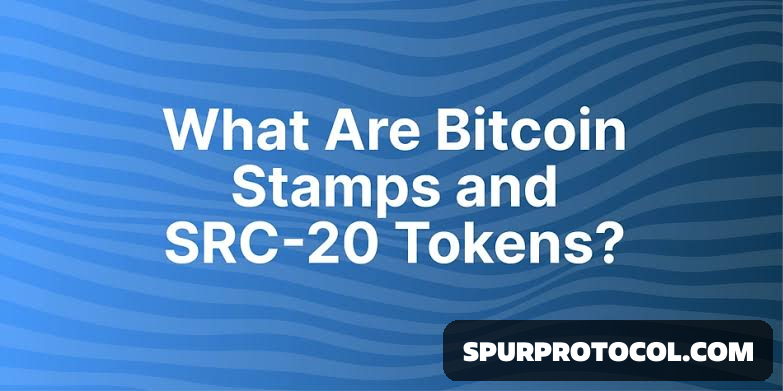What Are Bitcoin STAMPS?
Bitcoin STAMPS utilise base 64-formatted image data to embed images directly onto the Bitcoin blockchain, ensuring permanence and immutability of digital assets.
Go Back

🕒 5:56 PM
📅 May 26, 2025
✍️ By Ecojames
Bitcoin STAMPS
Bitcoin stamps define the technique of embedding metadata within Bitcoin transaction outputs.
How Do Bitcoin STAMPS Work
- Bitcoin STAMPS embed image data directly onto the Bitcoin blockchain by utilising base64-formatted image data, allowing for the representation of images in a text format that can be embedded within the Bitcoin blockchain.
- The technology leverages unspent transaction outputs (UTXOs) within the Bitcoin blockchain to store the metadata associated with the image data.
- This distinguishes the protocol from other methods like Ordinals, which store metadata within the witness segment of a Bitcoin transaction.
- The distinctive storage method of STAMPS ensures that the data becomes an integral part of the blockchain and is impossible to prune from a full node, contributing to its permanence and immutability.
Bitcoin STAMPS Protocol
There are two main protocols used in Bitcoin STAMPS: SRC-20 and SRC-721.
1. SRC-20. The SRC-20 token standard is built on the open Counterparty protocol.
- It embeds arbitrary data within spendable data transactions unlike Ordinals, which places data in the witness section.
2. SRC-721. The SRC-721 standard makes it cheaper to create detailed NFTs.
- It uses the Bitcoin STAMPS protocol to store pictures in layers, cutting down on file size with methods such as indexed color palettes for each layer.
- The layers can be pulled together into a single NFT, allowing for the creation of high-quality images without incurring high costs.
How to Mint Bitcoin STAMPS
1. Prepare the Data
Convert to Base64: The image or data you want to embed must be converted into base64 format. This encoding converts binary data into an ASCII string, making it suitable for inclusion in a Bitcoin transaction.
2. Split the Data
Chunking: Since the OP_RETURN field has an 80-byte limit, you need to split the base64-encoded data into chunks that fit within this limit. Each chunk will be embedded in a separate transaction.
3. Construct Transactions
Create Transactions: Construct Bitcoin transactions with OP_RETURN outputs containing the data chunks. Each transaction will carry a portion of the base64-encoded data.
4. Broadcast Transactions
Broadcast to Network: Once the transactions are constructed, broadcast them to the Bitcoin network. Miners will validate these transactions and include them in the blockchain.
5. Verify and Reconstruct
Data Retrieval: After the transactions are confirmed and included in the blockchain, you can retrieve and concatenate the data chunks to reconstruct the original base64 data and decode it back to its original form.

